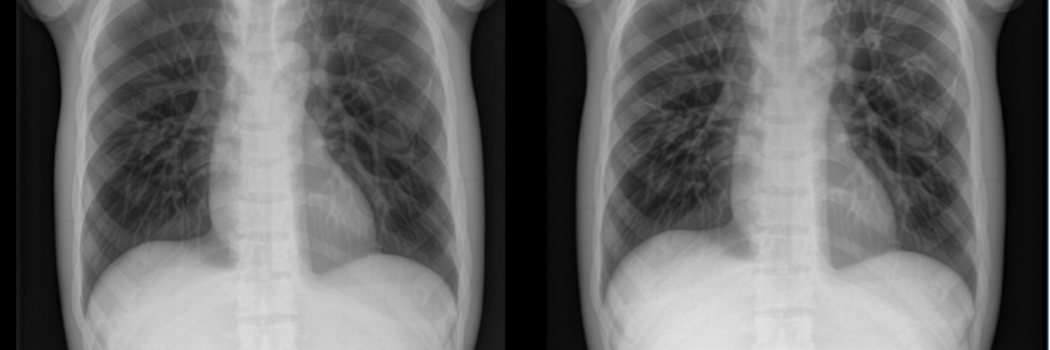Re-defining X-ray technology

Our mathematicians have worked with industry to achieve superior quality X-ray images to support better diagnosis of patients.
Collaborating with technology firm IBEX, Durham’s experts used their statistical skills to further develop X-ray scanning technology so it can differentiate more clearly between different materials.
Statistical analysis
In conventional X-ray images, two different materials can look identical. For example, a thick piece of aluminium can look identical to a thin piece of lead.
Our experts used statistical analysis methods to extract material information from IBEX’s patented multi absorption plate (MAP) technology and applied this to the analysis of complex computer models.
By adding multi-spectral information, which measures light in a small number of spectral bands or colours, into the X-ray image were able to differentiate materials at any thickness and to greatly enhance the application of the MAP.
Improved diagnostics
Our academics have also supported IBEX with the development of its Trueview ® product, to reduce the scattering of X-rays and improve image detail significantly. This had a direct impact on the improved diagnostics measures in medical X-ray images.
The project has raised over £6million in funding for product development and created 14 jobs in the North East of England.
Find out more
- This work with IBEX has been led by our Department of Mathematical Sciences. Learn more about the professors behind this work, Camila Caiado and Michael Goldstein.
- Read about the research on Bayes linear statistics, reified Bayesian modelling and interface for physical systems, Bayes linear calibrated prediction for complex systems and Bayesian uncertainty analysis by computer simulators.
- We have a long-running partnership with IBEX, based at NETPark in County Durham. See how our Physics students have also supported IBEX with the development of new X-ray technology using supercomputer technology hosted by Durham.
- Interested in studying at Durham? See our undergraduate and postgraduate opportunities in Mathematical Sciences.


/prod01/prodbucket01/media/durham-university/external-location-photography-/city-shots-/82922-1-1920X290.jpg)
